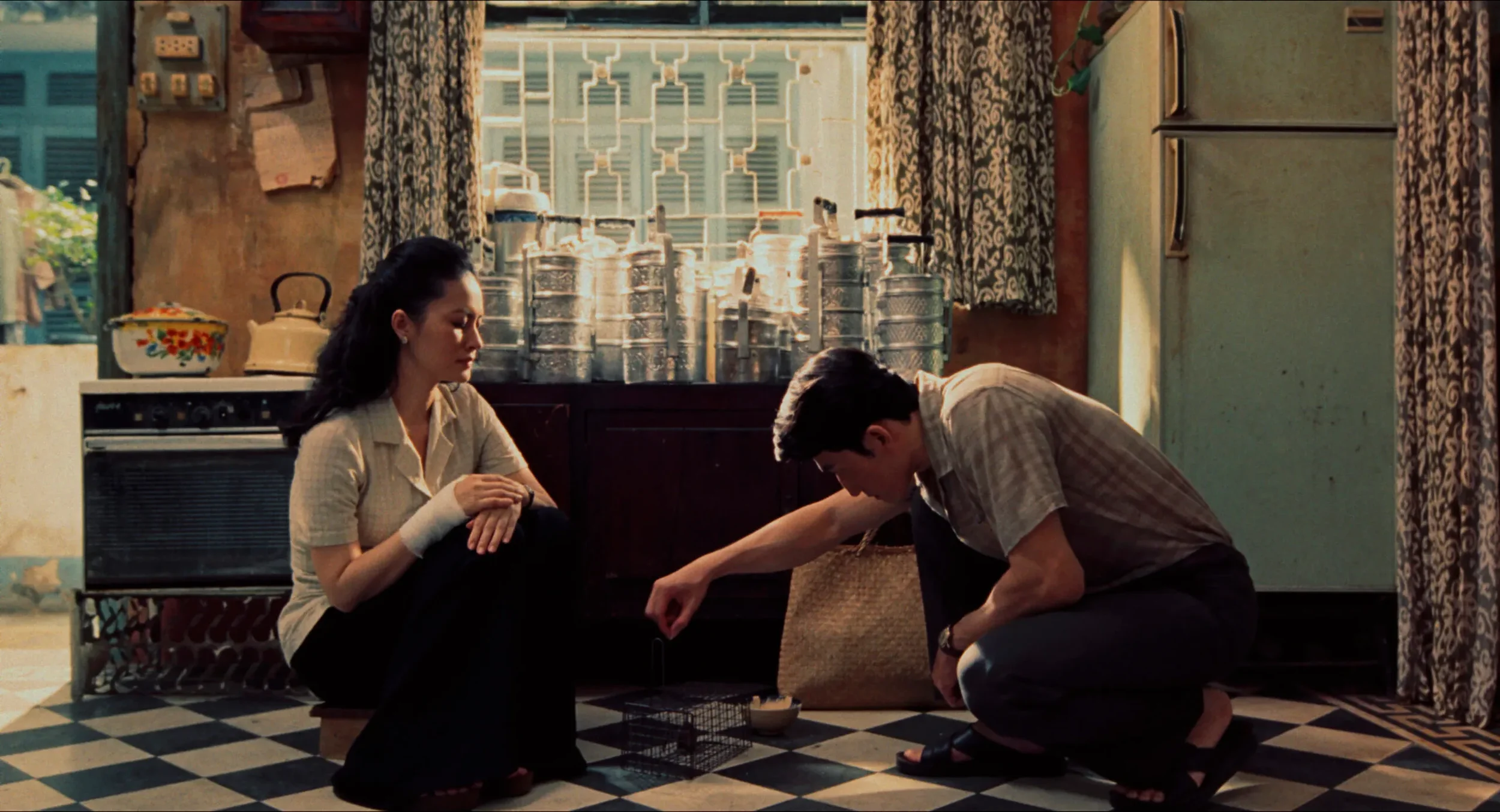‘Inside the Yellow Cocoon Shell’ REVIEW: On Devoting Oneself to Faith and Slow Cinema
Inside the Yellow Cocoon Shell ‘REVIEW’: On Devoting Oneself to Faith and Slow Cinema
“Sleep is very close to cinema, the collective dreaming.”
— Apichatpong Weerasethakul
For a film about faith and questioning, I think it’s quite ingenious to use the medium of slow cinema to convey its themes because, in a way, the two are pretty akin to each other. There’s a lot of commonality in the sense that you have to be ready to embrace both, and you are willing to listen. And one can’t really force either, you have to devote yourself to it, and if you’re not willing to take part, it may seem too difficult to comprehend.
Inside the Yellow Cocoon Shell makes up for a highly impressive and strong debut from Pham Thien An. There are many creative and novel qualities in the way he recounts the story of a man who transcends the loss of one’s faith, as the character lives in a community where customs and beliefs are waning. What’s remarkable about Pham Thien An’s vision is that he absorbs things in such a meticulous and thoughtful way; notices those things you would like to look at in every scene; and invites you to look at them. It's not something that can be put into words, but he's courageous enough to double down and do it anyway. Extensive and spellbinding ruminations on life, spirituality, and faith, especially on how it completely immerses itself in nature and effectively portrays it with such perfect naturalism. There are moments of tenderness in the way he frames his characters, and he frequently does so to a sublime register and key, with such poise and grace between its characters.
It is quite difficult to talk about and explain the film because it seems to be intended to give viewers hallucinations and dreams. As Weerasethakul brilliantly stated, there is no shame in admitting that you slept through half of the movie. And there are moments in the film where you are just so immersed, and it almost feels like a dream, notably one in which you’re frequently imagining bits of conversation that weren't actually spoken.
One of the interesting things about the film is we’re looking at a world in which the spirit world and world of reality are intrinsically bound together much like that of Apichatpong and Tarkovsky’s worlds, and there’s banality in the way he constructs these realms in the film and the way it transitions from one another. Pham Thien An’s film is one of those films that’s hard to put the right words into because the majority of its appeal lies not so much in its story, but more so in how Thien An presents that story in each of the breathtaking shots that make up for a revitalizing, engrossing 3-hour film.
Where Inside the Yellow Cocoon Shell truly flourishes is in its ability to establish a sense of locality through its cinematography. The events often take place elsewhere, or at the margins of the carefully constructed still shots, often enveloping us in the liminal state of Thien and the locations' exquisite detail. There are several meticulously planned long takes, like that one brilliantly orchestrated long take where Thien rides on a motorcycle and is tracked from a garden through a village and eventually into a candlelit room. The film’s cinematography is immaculate. In many aspects, it's reminiscent of Bi Gan's Kaili Blues, both creatively and technically. It is transfixed by its slow rhythm, in which glimpses of everyday Vietnamese life converge to become something lyrical and contemplative. Beyond his prolonged sequences is the way he trusts the setting and environment of his film and allows it to live and breathe. And it engrosses us in this both realistic and dreamlike journey of Thien, accompanied by its vivid atmospheric soundscape, and excellent staging in the extensive shots.
Despite the film’s obvious influences, Pham Thien An still manages to present his own unique take on the world he has crafted, that of a desire for spirituality and meaning while exploring a complicated relationship with a world full of recollections and daydreams. And Inside the Yellow Cocoon Shell demonstrates it with such subtlety, with a wide range of visual and sound nuances, and great sensitivity. There are sequences that leave a lot to the viewer's interpretation, and the film provides you with plenty of time to do so and contemplate on those sequences. Even if the film doesn't offer anything particularly groundbreaking or novel about its themes of faith, the duration that it takes to draw you into its spiritual realm leaves quite a profound effect. Something that lingers with you even after you've watched the film. It's a wonderful example of slow cinema, riveting in its own way, a beautifully rendered tale about contemporary spiritual angst that's presented with such nuance and subtlety. It is a film that calls for contemplation from both its characters and viewers.
Inside the Yellow Cocoon Shell is among the films under the Asian Next Wave Competition category of QCinema International Film Festival 2023.. You can still catch the film on Thursday, November 23, 2023, 5:40pm at Power Plant Cinema.












